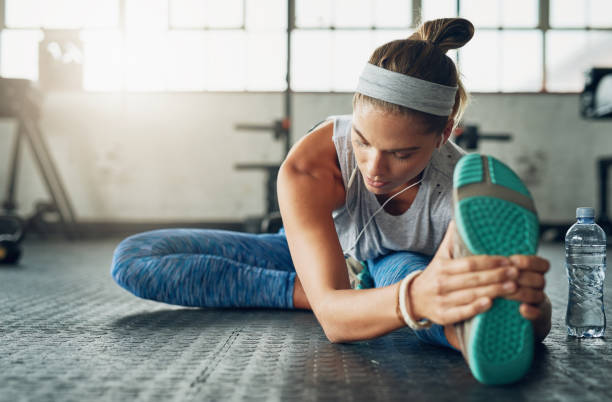Individuals with rheumatoid arthritis (RA) and are exercising regularly have found that their symptoms become more manageable than those who don’t engage in physical activity. Exercise has been found to improve joint flexibility and function, reduce pain, increase one’s range of motion and even elevate the mood.
If you have RA, it’s recommended that you first talk to a medical professional before starting an exercise program. A doctor or a physical therapist may be able to create an exercise plan suited to your needs.
To give you an idea of what kind of exercises may help relieve the symptoms of RA, here’s our list:
1. Stretching
Stretching reduces stiffness, improves flexibility and increases a person’s range of motion. Stretching often involves the gentle and slow movement of the joints in the elbows, hands, knees and ankles. A good way to get started is to warm up for 3-5 minutes. Then hold each stretch for at least 20 seconds. Repeat each stretch 2x.
2. Walking
Walking is not only good for the heart but is also for the joints. Start with this low impact aerobic exercise by walking on flat surfaces. Make sure to wear comfortable shoes and hydrate yourself properly. You may increase the pace and distance as you build endurance.
3. Yoga
Yoga combines meditation, flowing movements, deep breathing and gentle poses to boost balance, flexibility and range of motion. Not only that but yoga has also been found to reduce pain and improve mood.
4. Pilates
Pilates may not exactly be a low impact, gentle practice but you can adjust it to suit your fitness level. It’s been found to be very effective at improving flexibility for enhanced joint health as well as core strength.
5. Cycling
RA has been found to increase one’s risk of cardiovascular disease which is why it’s all the more important to do activities that keep the heart healthy. Among these would be cycling. You can start with a stationary bike – there are many of these machines in gyms like Soul Cycle. Then as you build endurance and strength, you can progress to biking outdoors so you can get some sun and fresh air.
6. Strength training
Strengthening the muscles also helps alleviate pain and other RA symptoms. You can start by using a resistance band so you can progressively challenge your body and strengthen your muscles over time.
7. Hand exercises
An individual with RA may lose their grip strength over time. You can prevent this or at least slow down its progression by regularly exercising your hands. You can bend your wrists, curl your fingers, stretch your fingers and wrists as well as squeeze a stress ball so your joints and muscles don’t lose flexibility and strength.
8. Water exercises
Water exercises like swimming and water aerobics are another form of low impact workout that can enhance your range of motion, strength and flexibility. It’s also been found to help prevent or reduce stiffness in the joints.
Exercises to Avoid
People diagnosed with RA should stay away from strenuous or high-impact exercises that put a lot of strain on the joints. But remember that each person is different, and your choice of workouts should be dependent on your own health condition and situation.
Here are some hand exercises for those who have rheumatoid arthritis:
